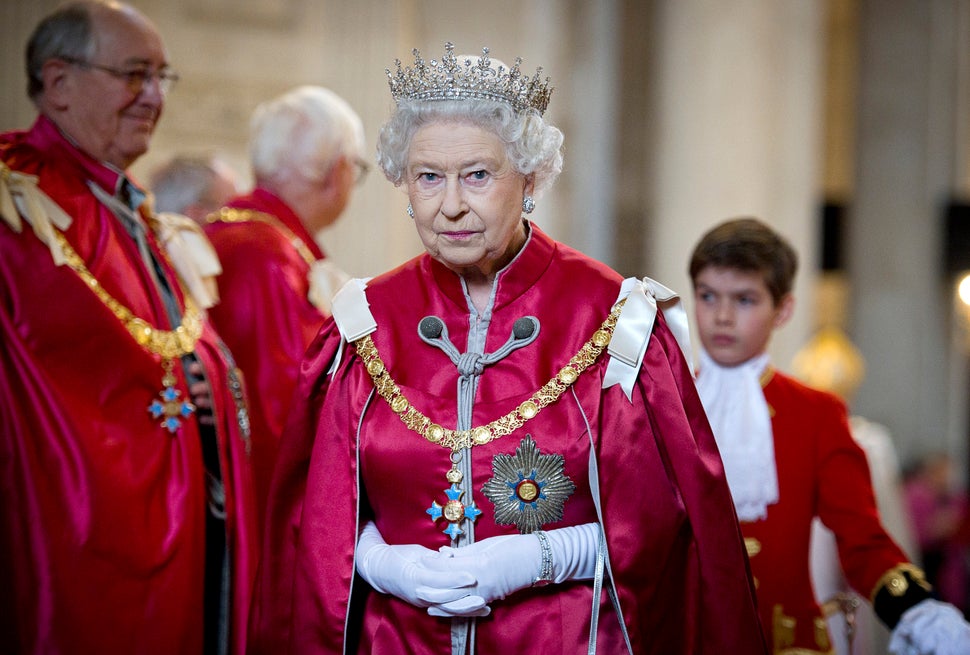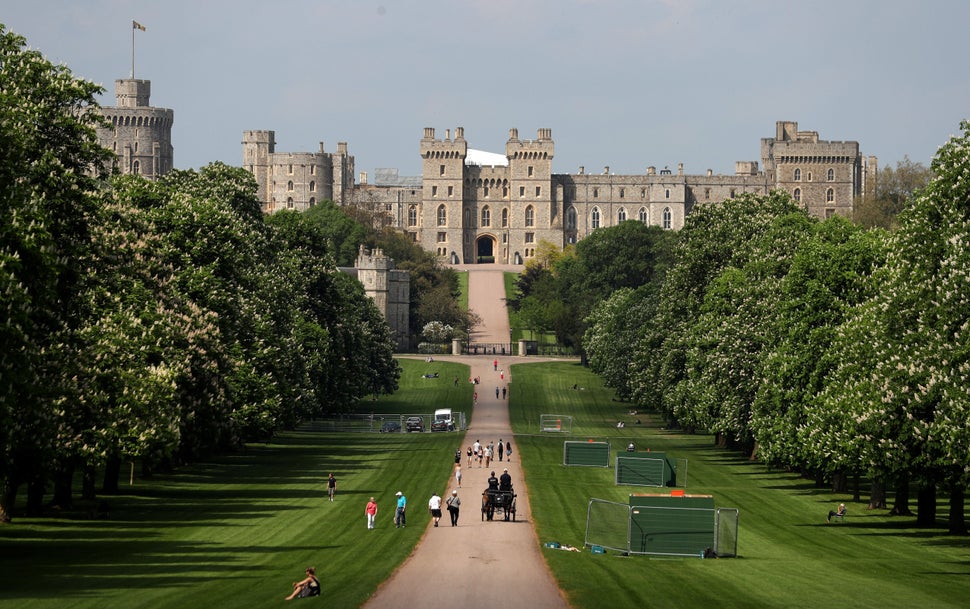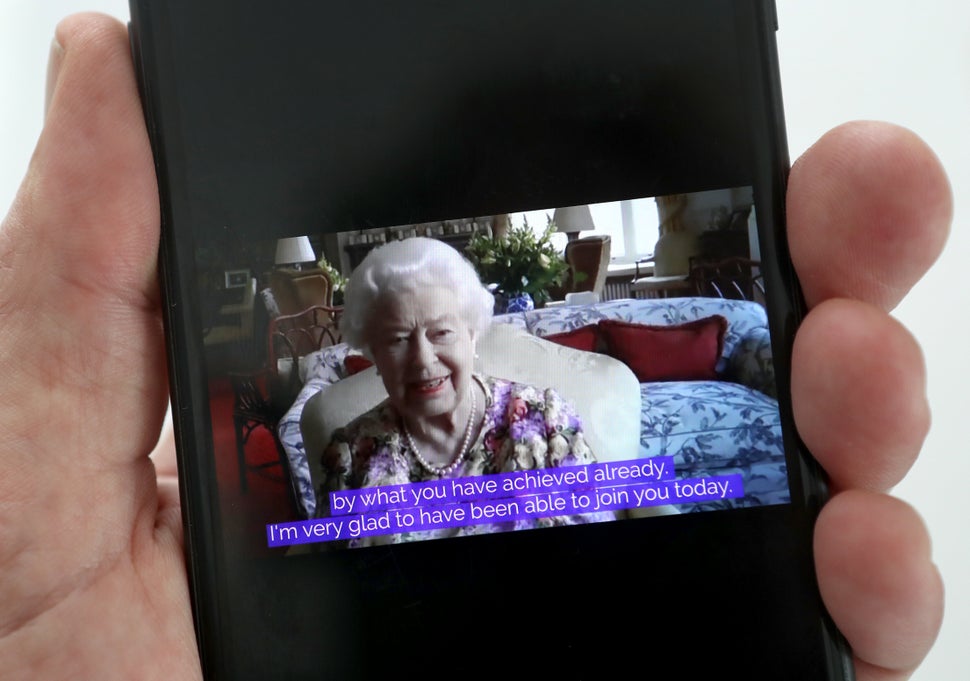As other members of the British royal family are carefully making in-person appearances post-lockdown, Queen Elizabeth’s reemergence on the public stage looks to be some time off.
The monarch recently made the trek to Balmoral, her estate in Scotland, for her annual summer stay, which typically covers most of August and September. But instead of returning to Buckingham Palace in London afterward, as she normally would, the Sunday Times recently reported that the queen will most likely head back to Windsor Castle outside the city.
Amid the chaos and uncertainty of the coronavirus pandemic, the palace communications team has reassured the public that the queen is doing well ― through radio and TV addresses, photos of her riding her horses, and a glimpse here and there of the sovereign on a video call.
But it’s no doubt hard for the monarch who once said she must “be seen to be believed” to remain isolated from the public. And many royal fans want to know: When will they see the queen again?


The 94-year-old queen began quarantining at Windsor Castle alongside the 99-year-old Prince Philip in March, arriving a week earlier than normal due to the pandemic. By May, royal biographer Andrew Morton declared that COVID-19 had rendered her reign “effectively over.”
“It’s terribly sad but I can’t see how the Queen can resume her job,” he told The Telegraph, as reports swirled that Elizabeth would be withdrawing from public life for months and Prince Charles would be named Prince Regent (a title he would only assume while the queen was still alive). “The Covid-19 virus isn’t going away soon and will be with us for months if not years,” Morton said.
“The brutal truth is that her reign is effectively over,” he added. “Covid-19 has done more damage to the monarchy than Oliver Cromwell.”
At the time, Buckingham Palace told HuffPost, “The Queen continues to be busy and will follow appropriate advice on engagements.”
Though it might seem like this particular pandemic could prematurely end Queen Elizabeth’s reign, the monarchy has survived worse.

Carolyn Harris, author of “Raising Royalty: 1000 Years of Royal Parenting” who also runs royalhistorian.com, notes that British royalty has been through public health crises before. Call it another annus horribilis.
“There have been monarchs in the past who have reigned during periods of plague and pandemic,” Harris told HuffPost, pointing to King Edward III, who lost three of his dozen children to the Black Death plague in the mid-14th century.
“In the early 1660s, there were numerous outbreaks of plague in Restoration London, especially the Great Plague of 1665, during the reign of Charles II,” she said, which drove the king and his court out of the city for months.
“For centuries, the monarch has faced the challenge of acting as a unifying force while remaining in comparative seclusion during times of plague and pandemic,” said Harris.
Windsor Castle hardly represents a flight from the queen’s duties either. Harris said it is “a place that symbolizes the continuity of the monarchy over the past thousand years.”

“Windsor Castle has existed since the Norman Conquest (though it has been renovated and rebuilt many times since then, most recently after the fire of 1992) and the reigning dynasty also took its name from the castle in 1917,” the author noted.
Harris predicts that one of the queen’s first public engagements again will be coronavirus-related and deal with essential workers, just like Prince William, Prince Charles and Camilla, Duchess of Cornwall’s first events out of quarantine.
“The Queen will probably meet with health care workers and other first responders to thank them for their efforts during the pandemic,” she said. “The Queen may also want to meet with individuals who contracted the illness and recovered in order to hear about their experiences.”
Throughout the past few months, we’ve heard little about the queen’s own experience with the pandemic and only seen one in-person event, when she knighted Capt. Tom Moore at Windsor. But William Hanson, etiquette coach and executive director of The English Manner, described it as a sign of sacrifice that Elizabeth has limited her in-person engagements and carried on without a word of public complaint.
“By The Queen scaling back her commitments, making big changes to her lifestyle, she once again sets the tone for the nations over which she reigns,” he said. “If The Sovereign can make personal sacrifices and not see her family and friends without grumbling, so can the rest of us.”

While it’s unlikely that the queen will return to Buckingham Palace before the end of the year, the Sunday Times expects that she will still head to her Sandringham estate for the Christmas holiday.
If the queen needs any guidance as to what she should say in her annual Christmas address this year, she can look for inspiration from her famous “Annus Horribilis” speech in 1992 ― the year in which a fire destroyed 115 rooms in Windsor Castle; Sarah, Duchess of York was caught in a toe-sucking scandal; and the queen’s three oldest children announced they were separating from or divorcing their spouses. That November, the queen said:
1992 is not a year on which I shall look back with undiluted pleasure. In the words of one of my more sympathetic correspondents, it has turned out to be an “Annus Horribilis.” I suspect that I am not alone in thinking it so. Indeed, I suspect that there are very few people or institutions unaffected by these last months of worldwide turmoil and uncertainty.
In the meantime, as Hugo Vickers, a broadcaster, royal biographer and author of “The Crown Dissected,” told HuffPost, it is important to take as many precautions as possible to safeguard the health of the queen and the Duke of Edinburgh. Not just because they’re royal, but because they’re in a vulnerable age group.
“Under normal circumstances, we would not be wondering why two nonagenarians were living quietly,” he said, adding that the queen “should not emerge until it is known that it is safe, and that may be a long time off.”
Calling all HuffPost superfans!
Sign up for membership to become a founding member and help shape HuffPost’s next chapter
Credit: Source link